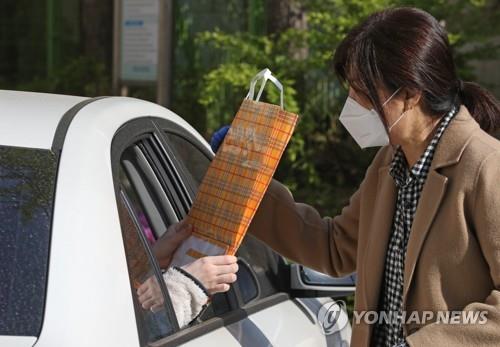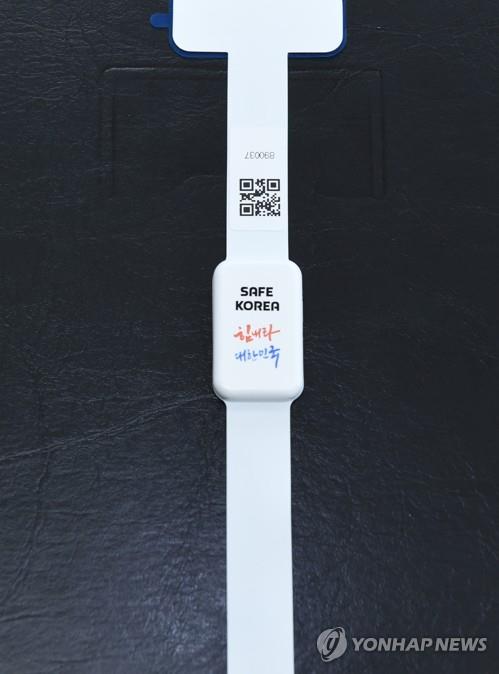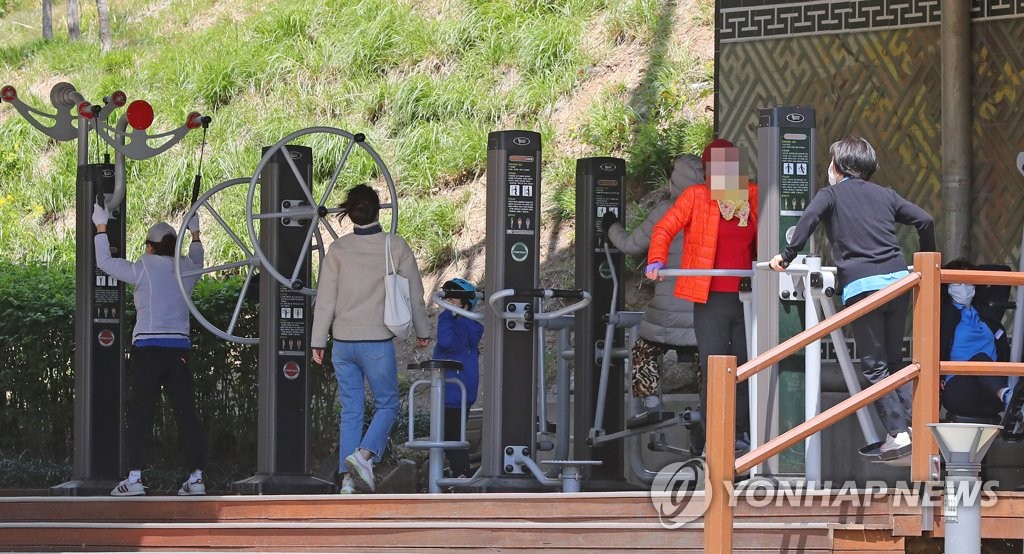- California Assembly OKs highest minimum wage in nation
- S. Korea unveils first graphic cigarette warnings
- US joins with South Korea, Japan in bid to deter North Korea
- LPGA golfer Chun In-gee finally back in action
- S. Korea won’t be top seed in final World Cup qualification round
- US men’s soccer misses 2nd straight Olympics
- US back on track in qualifying with 4-0 win over Guatemala
- High-intensity workout injuries spawn cottage industry
- CDC expands range of Zika mosquitoes into parts of Northeast
- Who knew? ‘The Walking Dead’ is helping families connect
New virus cases surely on downward trend, no additional death reported
South Korea reported another single-digit number of new coronavirus cases with no deaths Friday, but health authorities again urged citizens to abide by the social distancing campaign to further contain the virus outbreak. The country also decided to use electronic wristbands on self-isolation violators starting next week.
The country added six new COVID-19 cases, bringing the nation’s total infections to 10,708, according to the Korea Centers for Disease Control and Prevention (KCDC).
The country reported a single-digit increase in new infections Sunday for the first time in two months at eight, followed by 13 cases the following day, nine on Tuesday, 15 on Wednesday and eight on Thursday.
The figure marks a sharp drop from the Feb. 29 peak of 909 new cases. The country confirmed its first COVID-19 infection on Jan. 20.



A teacher gives her student a paper bag containing national academic assessment test papers via drive-thru distribution at Yeouido Girls’ High School in Seoul on April 24, 2020, amid the COVID-19 crisis. (Yonhap)
The nation’s death toll from the respiratory disease remained unchanged at 240, the authorities said. It marks the first time in a month that the country reported not a single death.
The average fatality rate reached 2.24 percent. The figure, however, reached 23.5 percent for patients in their 80s and above.
“Thankfully, we did not see an additional death from the novel coronavirus, but we should be aware that there are still many patients who are in critical condition,” KCDC chief Jeong Eun-kyeong said.
Of the six new cases detected, two were tentatively sorted as imported cases, according to the KCDC.
Despite the looming signs of a slowdown locally, health authorities said they remain wary of the continued rise in imported cases.
The government earlier announced it will make self-isolation violators wear electronic wristbands since the number of cases of people breaching the self-quarantine rules in recent weeks has raised public concerns.
Starting next Monday, violators, if giving permission, will wear wristbands for two weeks, they said. The permission is necessary as there is no legal ground to force people to wear it. If self-isolation violators refuse to wear the device, they will be transferred to designated quarantine facilities.
The number of people under the self-isolation measure has steadily slowed down since April 14, with the number at some 46,300 as of Thursday, the KCDC said.
The total number of cases coming in from abroad reached 1,021 on Friday, with South Korean nationals taking up around 92 percent of such cases, according to the KCDC.
The figure accounts for nearly 10 percent of the total confirmed cases, it said.
In total, 8,501 virus patients in South Korea have been discharged from hospitals, up 90 from a day earlier.
The number of new infections continued to slow in the southeastern city of Daegu, the nation’s worst virus-hit region that accounts for around 64 percent of the total cases, with just two additional cases.
With its monthlong social distancing drive, South Korea avoided the worst-case scenario despite being one of the first countries hit hard by the virus that originated from China.
While health authorities remain wary of another wave of COVID-19 infections, the country is slowly moving to lift some of its social distancing regulations this week, giving the go-ahead for some facilities, including gyms.
The country, however, said overall social distancing is still in force until May 5, and it is considering moving toward so-called everyday life quarantine after the date if the number of cases continues to plateau.
Still, health authorities advised the public to minimize events, gatherings and traveling during the holiday that starts next Thursday for a four-day period.
According to new detailed guidelines for everyday life quarantine announced by health authorities on 31 areas, it is essential that people remain two meters away from each other during their visits to crowded places.
Also, those who traveled overseas in the past 14 days or show symptoms, such as fever or respiratory diseases, are still not allowed to visit places such as hotels and other entertainment locations.
Health authorities said that they are also keeping close tabs on relapse cases. The number of people who retested positive for COVID-19 after making full recoveries reached 228 on Friday, up six from a day ago.
Of those relapse cases, three people have tested positive for COVID-19 three times even after they were released from quarantine twice.
The KCDC said health authorities are preparing to measure the virus infection rate in Daegu and its surrounding North Gyeongsang Province — the two hardest-hit regions — by conducting antibody tests on residents there.
KCDC chief Jeong said South Korea is conducting research on 20 possible coronavirus treatments.











